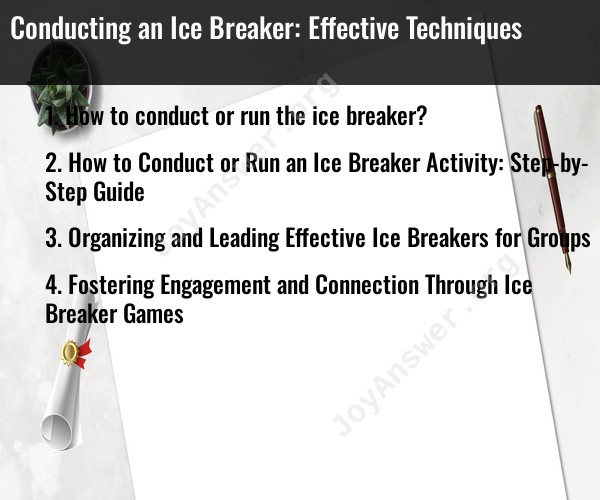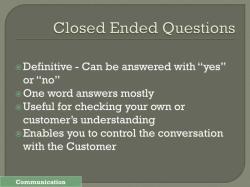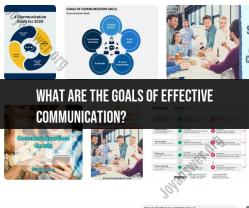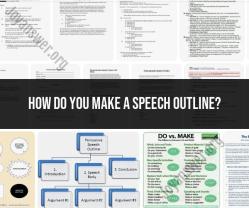How to conduct or run the ice breaker?
Conducting an icebreaker activity effectively is important for creating a positive and comfortable atmosphere within a group, whether it's a team-building workshop, a training session, a social event, or a new class. Here are some techniques and steps to help you conduct an icebreaker successfully:
Understand Your Audience:
- Consider the preferences and comfort levels of your participants. Tailor the icebreaker to the group's size, demographics, and the purpose of the gathering.
Set Clear Objectives:
- Define the goals of the icebreaker. Are you aiming to build relationships, energize the group, or introduce a particular topic? Having clear objectives will guide your choice of icebreaker activity.
Choose an Appropriate Icebreaker:
- Select an icebreaker that aligns with your objectives and the group's dynamics. Common icebreaker activities include introductions, games, and exercises that encourage interaction.
Explain the Purpose:
- Before starting the icebreaker, explain its purpose to the group. Let participants know why you're doing it and how it relates to the overall goals of the gathering.
Provide Clear Instructions:
- Clearly explain the rules and steps of the icebreaker. Make sure participants understand how the activity works and what's expected of them.
Participate Yourself:
- As the facilitator, set an example by participating in the icebreaker. This can help create a more inclusive and open environment.
Encourage Engagement:
- Encourage active participation by creating a safe and non-judgmental atmosphere. Let participants know that there are no right or wrong answers.
Time Management:
- Be mindful of the time allocated for the icebreaker. Ensure that it doesn't run too long, as it should serve as an introduction rather than the main event.
Debrief and Reflect:
- After the icebreaker, facilitate a brief discussion or reflection. Ask participants how they felt, what they learned, or what insights they gained from the activity. This helps reinforce the icebreaker's purpose.
Transition to the Main Activity:
- Transition smoothly from the icebreaker to the main agenda of your event or meeting. Clearly state how the icebreaker relates to the upcoming activities.
Adapt and Flex:
- Be prepared to adapt the icebreaker if it's not achieving the desired results or if the group dynamics change unexpectedly. Flexibility is key to successful facilitation.
Feedback:
- Seek feedback from the group about their experience with the icebreaker. This can help you improve your facilitation skills and better meet the needs of your audience in the future.
Remember that the success of an icebreaker largely depends on how comfortable and engaged participants feel. Keep it fun, positive, and relevant to your group's goals, and you'll be well on your way to creating a friendly and inclusive atmosphere for your gathering.
How to Conduct or Run an Ice Breaker Activity: Step-by-Step Guide
Ice breaker activities are a great way to start a meeting, workshop, or training session. They help participants to get to know each other and to feel more comfortable interacting with each other.
Here is a step-by-step guide on how to conduct or run an ice breaker activity:
- Choose the right activity. There are many different ice breaker activities available. Choose an activity that is appropriate for the size and composition of your group, and that is relevant to the topic of your meeting or event.
- Set the stage. Explain the purpose of the ice breaker activity and give clear instructions. Be sure to tell participants how much time they have to complete the activity.
- Facilitate the activity. As the facilitator, your job is to keep the activity moving and to make sure that everyone is participating. Be prepared to answer questions and to provide assistance as needed.
- Debrief the activity. After the activity is complete, give participants a few minutes to reflect on what they learned or experienced. You can also ask participants to share their thoughts and feelings about the activity.
Organizing and Leading Effective Ice Breakers for Groups
Here are some tips for organizing and leading effective ice breaker activities:
- Choose an appropriate activity. Consider the size and composition of your group, as well as the topic of your meeting or event.
- Set clear expectations. Explain the purpose of the activity and give clear instructions.
- Be enthusiastic and engaging. Your energy and enthusiasm will set the tone for the activity and encourage participants to get involved.
- Be flexible and adaptable. Things don't always go according to plan, so be prepared to adjust the activity as needed.
- Keep it moving. Don't let the activity drag on. If participants start to lose interest, move on to the next activity.
Fostering Engagement and Connection Through Ice Breaker Games
Ice breaker games are a great way to foster engagement and connection among group members. When people are having fun and interacting with each other, they are more likely to be engaged in the meeting or event.
Here are some tips for fostering engagement and connection through ice breaker games:
- Choose games that are interactive and require teamwork. This will help participants to get to know each other and to build relationships.
- Create a safe and supportive environment. Make sure that everyone feels comfortable participating in the games.
- Be respectful of everyone's individual differences. Avoid games that could be offensive or embarrassing to certain people.
- Have fun! Ice breakers should be enjoyable for everyone involved.
Ice breaker activities can be a great way to start a meeting, workshop, or training session. By following the tips above, you can organize and lead effective ice breakers that will foster engagement and connection among group members.












